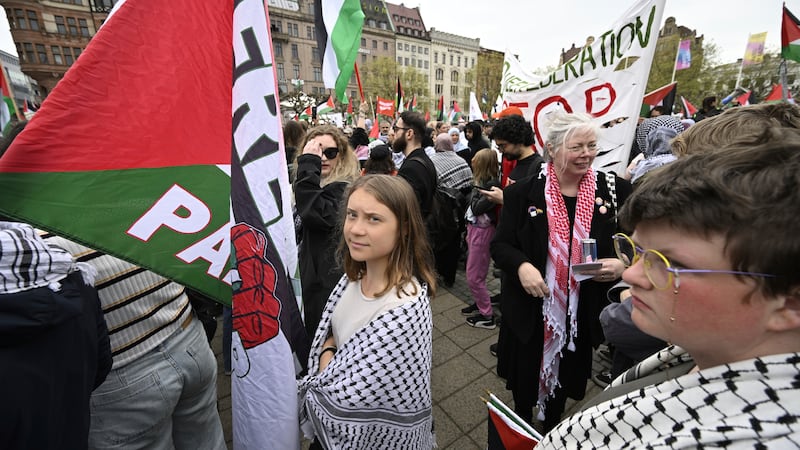IT was one of the most ambitious planning projects ever attempted in Northern Ireland, but the dream was never fully realised. Craigavon was designed to be the
heart of a vibrant new city in Co Armagh incorporating the neighbouring towns of Lurgan and Portadown.
But suspicion and fears of sectarianism prevented the fledgling settlement reaching its full potential, with much of the original plan being abandoned.
Now, almost 50 years since Craigavon was created, a new exhibition is being staged to show the original vision behind Northern Ireland's forgotten city.
Craigavon: 50 Years of Modernity chronicles the history of the pioneering project through planning documents, artists' impressions and pictures taken over the years from across the town.
The exhibition at the Golden Thread Gallery in Belfast begins tomorrow and is being held as part of this year's Belfast Festival at Queen's.
Organisers hope it will also show that despite its setbacks Craigavon has developed into a strong community that will one day become the city it was intended to be.
Curator Rebekah McCabe from the organisation Place said she believed the town, known for its many roundabouts, had come "full circle".
"There's also now a much stronger sense of community, with a number of community groups forming in the 1990s, and now with the second and the third generation of settlers we're starting to see a town with its own individual heartbeat.
"As we approach its semi-centenary it's a very exciting and unique place to be.
"I hope through this exhibition people can see the good as well as the bad, and understand that Craigavon is taking positive steps to move forward as a modern, integrated city."
Craigavon was constructed in 1965 on bogland in Co Armagh, with householders and farming families displaced to accommodate the new settlement.
It was intended to be the heart of a new linear city incorporating Lurgan and Portadown, with estates Brown-low and Mandeville at its centre.
The ambitious design included town-planning concepts such as recreation zones, mixed housing, cycle paths and roundabouts.
"In terms of vision, Craigavon in its development during the 1960s embodied every value of British modernism," Ms McCabe said.
"Its innovative and risky housing design drew inspiration from around the world, rejecting indigenous housing styles and embracing modern European aesthetics."
However, the ambitious development was marred by suspicion and claims of sectarianism.
"When Craigavon was initially designed it caused a lot of upset," Ms McCabe said.
"Many people believed Craigavon was created out of controversy - even in terms of its choice of name, that of Northern Ireland's first unionist prime minister, Lord Craigavon, leading some to believe this was to ensure that the new town was predominantly Protestant.
"Critics argued that Derry/Londonderry in the north west would have been a more appropriate choice, but was excluded by the Stormont-based government."
Craigavon hoped to attract skilled workers by making it a desirable place to live, but the town suffered setbacks including the closure of its biggest plant, Goodyear tyres.
As a result about half of the original plan for Craigavon including Mandeville was never built, and some parts had to be demolished after falling empty and derelict.
* Craigavon: 50 years of Modernity opens at the Golden Thread Gallery in Belfast from tomorrow until November 1. The Ulster Museum will also screen the film The Lost City of Craigavon on Saturday. A bus tour of Craigavon will be held on November 1 departing from the Golden Thread Gallery at noon. Booking essential. Visit belfastfestival.com for details.
* AMBITIOUS: Some of the original designs for Craigavon
* 'VISION': Clockwise from top right, building work at Craigavon Civic Centre in the 1980s, Legahory estate, the Burnside housing estate, Central Way in 1981 and Moyraverty Community Centre
PICTURES: Victor Sloan

